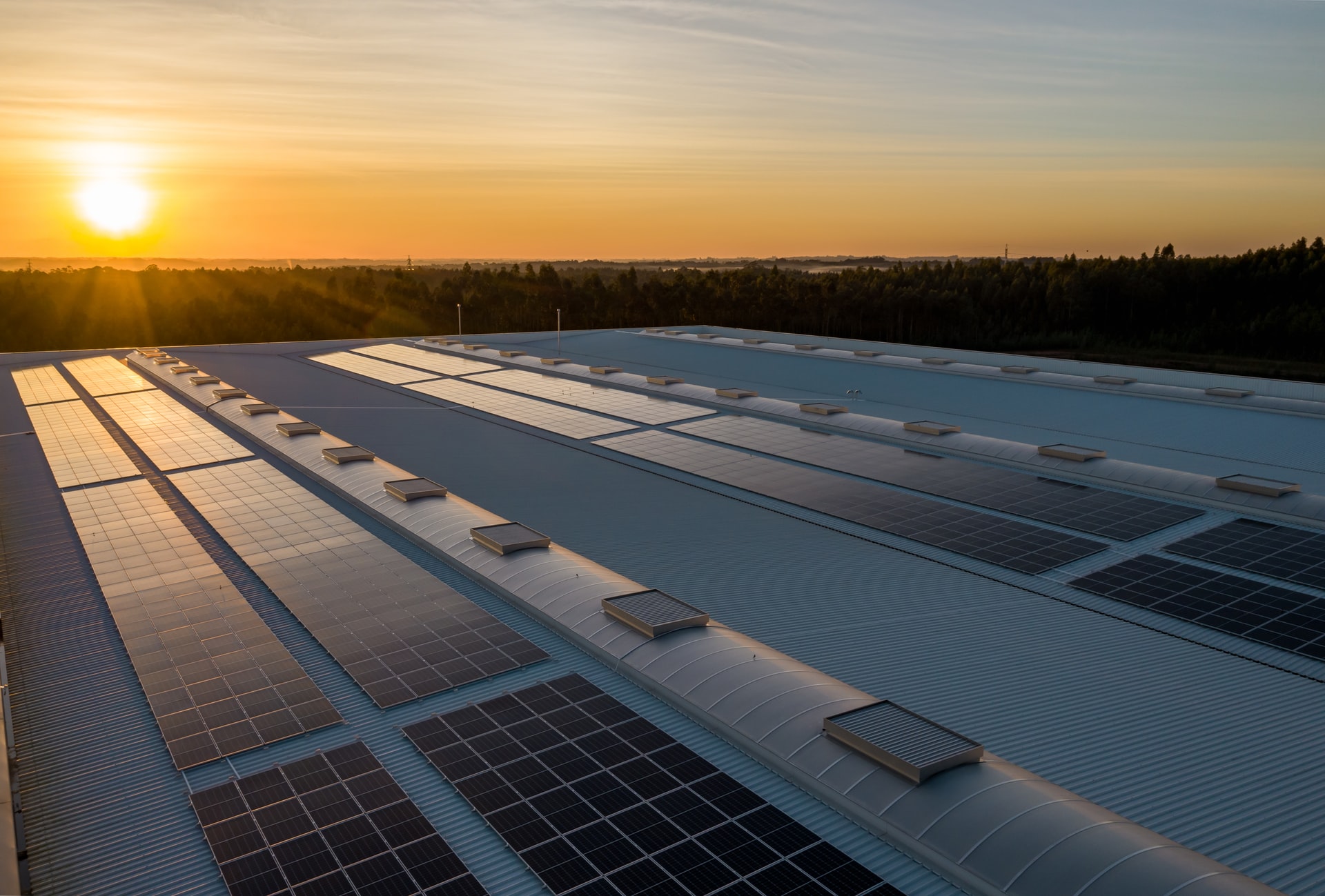The sustainable evolution of urban infrastructure is not just a goal but an imperative, and the role of technology becomes increasingly pivotal.
The digital age has given rise to the concept of smart cities, where the Internet of Things (IoT), data analytics, and advanced communication networks form the backbone of urban systems. Beyond mere connectivity, these technologies are instrumental in creating cities that respond dynamically to the evolving needs of their residents while minimizing their ecological footprint.
From intelligent traffic management to energy-efficient buildings, the integration of technology is not a mere embellishment but a strategic tool for building urban environments that are both intelligent and sustainable.
Technology & Smart Cities
In the digital age, the integration of technology plays a transformative role in shaping the landscape of sustainable cities. The emergence of smart city concepts leverages advanced technologies to enhance efficiency, optimize resource utilization, and improve the overall quality of urban life. Internet of Things (IoT) devices, embedded sensors, and data analytics become the bedrock of smart cities, facilitating real-time monitoring and management of various urban systems.
From intelligent traffic management to smart energy grids, these technologies enable cities to respond dynamically to the evolving needs of their residents while minimizing environmental impact.
Smart cities go beyond mere technological integration, they prioritize the use of technology as a means to enhance sustainability. Energy-efficient buildings equipped with smart systems for heating, cooling, and lighting contribute to reduced energy consumption. Advanced waste management systems utilize sensors to optimize waste collection routes, minimizing fuel usage and improving overall efficiency.
By harnessing the power of data and connectivity, smart cities create a synergy between technology and sustainability, illustrating that innovation can pave the way for urban development that is not only intelligent but also environmentally responsible. As cities continue to evolve, the integration of technology becomes a cornerstone for building resilient, resource-efficient urban environments.

Sustainable Development of Communications
In the era of smart cities, the sustainable development of urban infrastructure extends beyond physical structures to include advanced communications technology. An integral aspect of this evolution is the replacement of POTS (Plain Old Telephone Service) with modern communication solutions that align with environmental stewardship.
As cities continue to embrace digital transformation, communication networks play a pivotal role in creating connected and efficient urban environments.
The shift towards sustainable communications involves adopting technologies that not only enhance connectivity but also prioritize energy efficiency. Traditional telephone services are being phased out in favor of more environmentally friendly alternatives that leverage internet-based communication platforms.
This transition not only reduces the environmental impact associated with outdated infrastructure but also aligns with the broader goal of creating smart cities that leverage advanced technologies for the benefit of their residents. The POTS replacement is a clear example of how cities are reimagining communication systems to meet the needs of the present while building a foundation for a sustainable future.

As cities integrate advanced communication technologies, they contribute to the overall resilience and sustainability of urban ecosystems. From the deployment of high-speed broadband networks to the expansion of 5G infrastructure, the focus is on creating robust and energy-efficient communication systems. Sustainable communication networks not only facilitate real-time data exchange for smart city applications but also reduce the carbon footprint associated with traditional communication technologies.
By embracing these advancements, cities can create a connected, sustainable, and resilient urban fabric that benefits both the environment and the well-being of their inhabitants. The sustainable development of communication technology is a crucial component in the journey towards smarter and greener cities.
Public Transportation & Sustainable Mobility
In the evolution of sustainable cities, reimagining transportation systems becomes paramount for reducing carbon emissions and enhancing the overall livability of urban spaces. A key strategy involves promoting and investing in public transportation alternatives that offer efficient, cost-effective, and environmentally friendly mobility solutions. Robust public transit networks, including buses, trains, and subways, not only alleviate traffic congestion but also significantly decrease the reliance on private vehicles, reducing air pollution and lowering greenhouse gas emissions.
Sustainable mobility extends beyond traditional public transportation, encompassing the integration of alternative modes like biking and walking. Cities committed to eco-friendly transportation prioritize the development of dedicated bike lanes, pedestrian-friendly zones, and shared mobility programs. Furthermore, the adoption of electric vehicles, whether in the form of buses, taxis, or shared rides, plays a crucial role in reducing the carbon footprint of urban transportation. By fostering a comprehensive approach to sustainable mobility, cities can not only enhance accessibility for all residents but also contribute to the creation of cleaner, more resilient urban environments that prioritize both the well-being of their inhabitants and the health of the planet.

Resilience to Climate Change
As the global climate undergoes unprecedented changes, cities are increasingly recognizing the imperative to build resilience against the impacts of climate change. Sustainable urban development involves strategic planning to fortify cities against rising temperatures, extreme weather events, and other consequences of climate change. Initiatives range from the creation of green infrastructure, such as permeable pavements and green roofs, to developing robust stormwater management systems that can mitigate flooding and waterlogging during heavy rainfall.
Resilient cities also adopt forward-thinking policies that consider future climate scenarios, including zoning regulations that restrict construction in vulnerable areas, building codes that enforce climate-resilient construction practices, and the development of early warning systems for extreme weather events.
By taking a proactive approach to climate resilience, cities not only protect the well-being of their residents but also ensure the longevity and sustainability of their infrastructure. In the face of a changing climate, resilient cities stand as beacons of adaptation, demonstrating that proactive measures can safeguard urban environments and create a foundation for a sustainable future.

Renewable Energy Integration
As sustainable urban development gains momentum, the integration of renewable energy sources emerges as a transformative force in reshaping the energy landscape of cities. Renewable energy, derived from sources such as solar, wind, and hydropower, provides a clean and sustainable alternative to traditional fossil fuels. Cities at the forefront of this movement are increasingly incorporating renewable energy technologies into their infrastructure, harnessing the power of nature to meet their growing energy demands.
Solar panels adorn rooftops, capturing sunlight and converting it into electricity, while wind turbines strategically placed in urban areas harness the kinetic energy of the wind to generate power.
The benefits of renewable energy integration extend beyond environmental conservation. By transitioning to cleaner energy sources, cities not only reduce their carbon footprint but also enhance energy security and resilience. Sustainable urban centers are actively exploring microgrid technologies, allowing for decentralized energy production and distribution. This ensures a more reliable energy supply and minimizes the impact of power outages. The adoption of renewable energy represents a forward-thinking approach to urban sustainability, signaling a departure from reliance on finite resources and steering cities toward a future where energy production aligns with the principles of ecological balance.

The amalgamation of smart solutions, sustainable mobility initiatives, climate-resilient infrastructure, renewable energy integration, and the evolution of communication technology underscores a profound shift in the way we conceive and construct our urban landscapes. Beyond the realm of innovation, this journey is a testament to our collective commitment to fostering environments that not only meet the needs of the present but stand as legacies for the generations to come.
The blueprint for tomorrow’s cities is laid, and as we take the final steps into this transformative future, the promise of sustainable, interconnected, and resilient urban living beckons us forward!













